In modern oral care device design, both mechanical action and user technique influence plaque removal outcomes. Surprisingly, one overlooked factor is the angle technique during brushing. Whether using manual brushes, sonic toothbrushes,or professional cleaning tools, incorrect angle positioning can significantly reduce cleaning efficiency, compromising oral hygiene. But how exactly does angle control influence plaque removal, and what can manufacturers do to address this problem at the design stage?
Angle technique refers to the angle at which a brush head contacts the tooth surface and gum line during cleaning. Dental professionals recommend a 45° angle for optimal plaque removal, ensuring bristles reach into the gingival margin where plaque typically accumulates. However:
Manufacturers that fail to address angle control in their design may inadvertently limit plaque removal efficiency.
Improper angle technique leads to:
This means even a high-performance sonic motor or advanced brush head may fail to deliver expected plaque removal if bristle orientation isn’t optimized. Company web:https://www.powsmart.com/product/electric-toothbrush/
From a product development perspective, ensuring optimal brushing angles involves overcoming several challenges:
Recognizing these realities pushes manufacturers to seek creative solutions that encourage proper angle use without requiring behavioral changes from consumers.
.jpg)
.jpg)
Leading manufacturers are addressing the angle technique issue via:
These innovations can drastically improve plaque removal efficiency, differentiating products in a competitive market.
While hardware solutions are essential, manufacturers should not ignore the role of consumer education:
Educating end users ensures technology investments are maximized for real-world plaque removal.
Ultimately, angle technique is not just a user habit issue—it’s a product design opportunity. Addressing angle control at the engineering level empowers consumers to achieve professional-level plaque removal results effortlessly. By integrating ergonomic designs, adaptive brush heads, and intelligent feedback systems, B端 manufacturers can set new standards for oral care performance.
Looking to optimize your toothbrush design for superior cleaning results? Contact us today for advanced R&D collaboration focused on angle optimization and plaque removal efficiency. Contact us
Electric Toothbrush with Tongue Cleaner Wholesale | Bulk OEM for Oral Hygiene Enhancements
Gingival Recession from Cervical Hypersensitivity – Irreversible?
Child Compatibility Meets Cold Light Sensitivity: Safe?
Smart Tech Diwali Gifts Electric Toothbrush | Powsmart
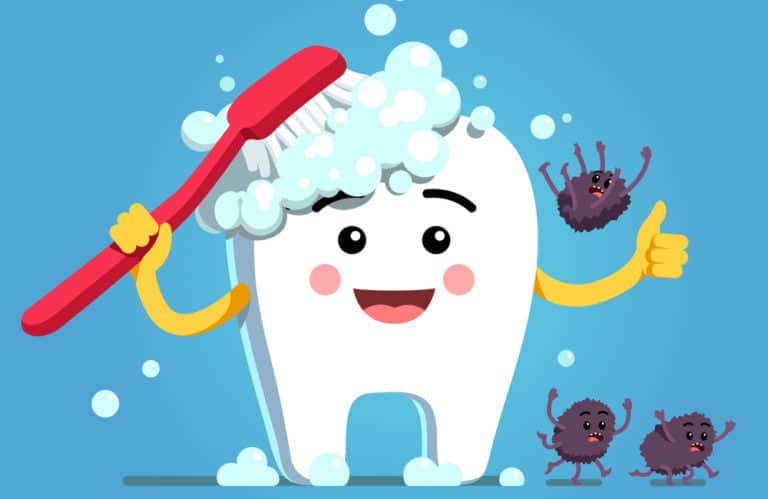
Can the Elderly Use Electric Toothbrushes?
-2-scaled.png)
Clinical Validation of Modern Teeth Whitening Technologies: A Guide for Oral Care Product Brands
.jpg)
How elderly oral health defines India senior care standards

Seeking a Toothbrush Sustainable Supplier?
.jpg)
Where can you find a Texas Christmas gift that promotes healthy smiles?

Oral Care Tips for People Under Orthodontics
.jpg)
Water Flosser Sterilization Function: UV Sterilization vs. Silver Ion Coating – Real Cost and Effect
.jpg)
Need an Electric Toothbrush Packaging Supplier with Integrated Electric Toothbrush Logistics Services?
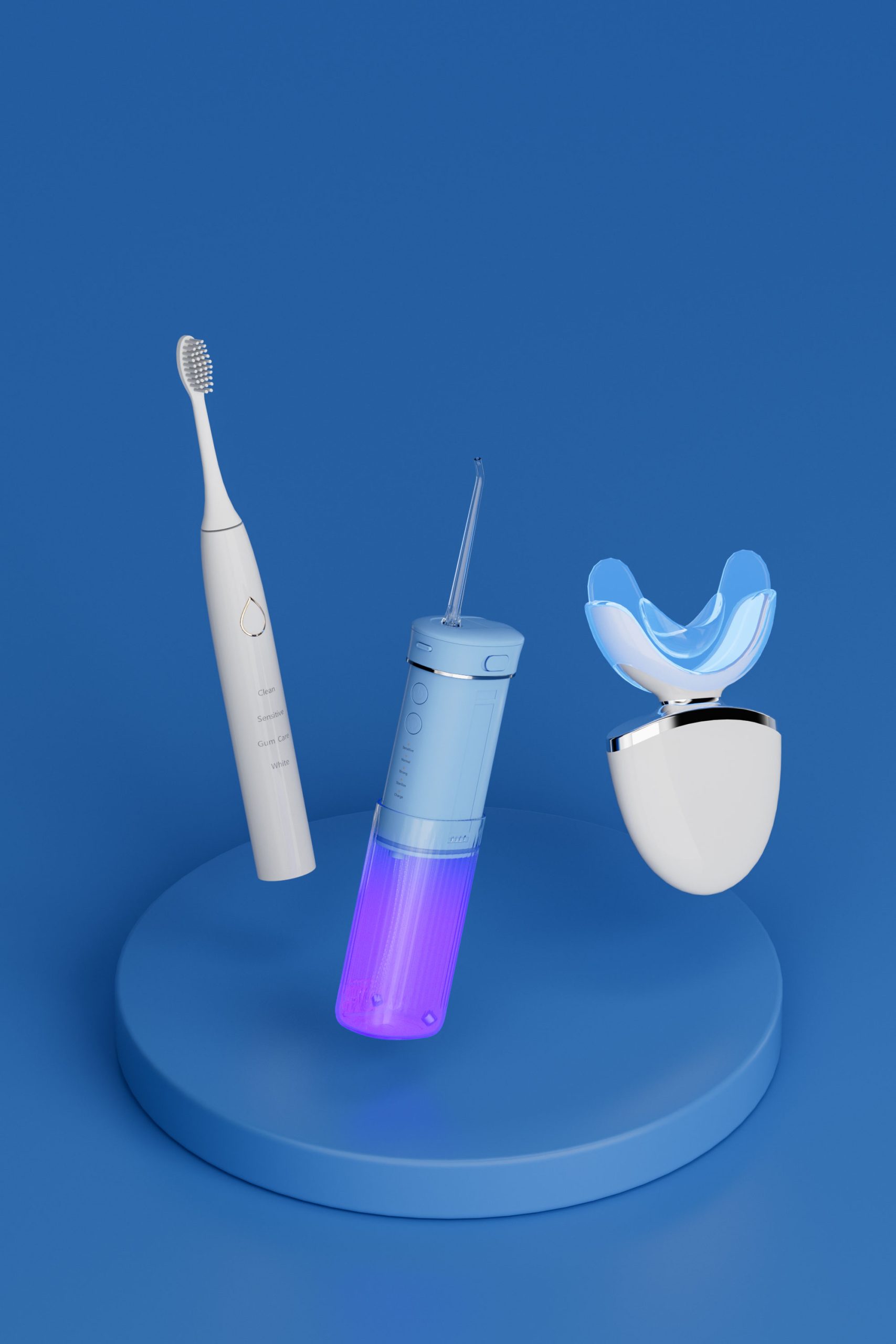
Dental Hygienist’s View on Water Flossers – Key Insights for OEM Product Development
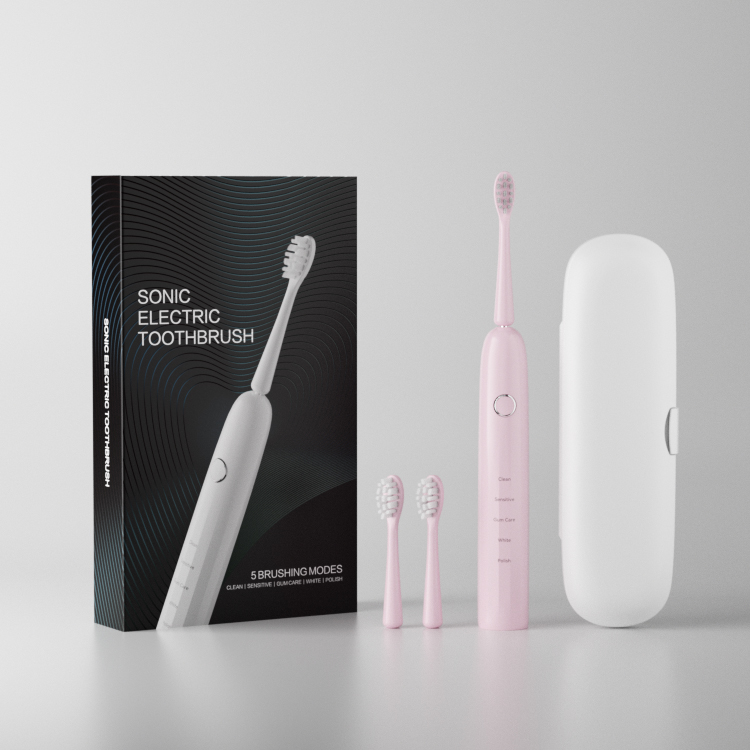
Should You Leave Your Electric Toothbrush on the Charger All the Time?
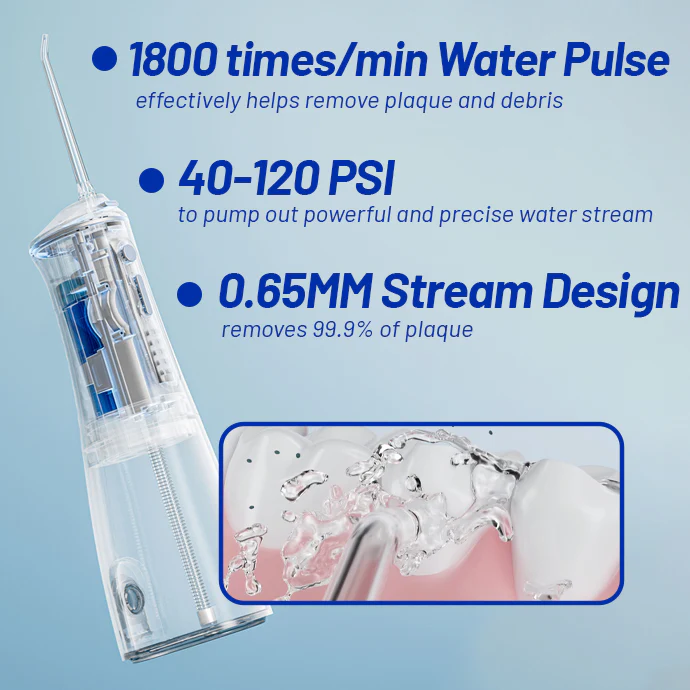
The Competitive Edge: How Water Flosser brands Stay Ahead in the Market
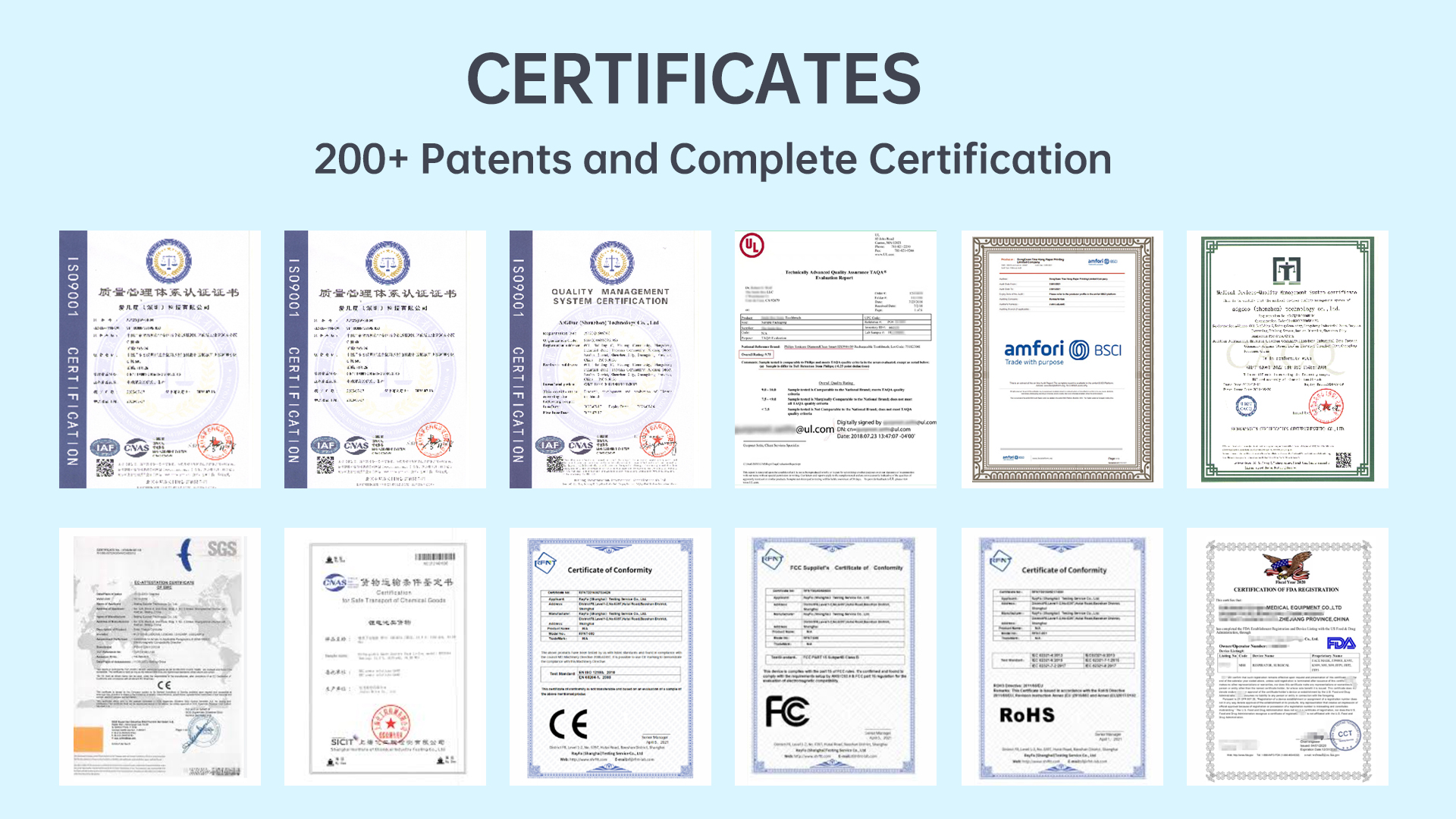
Is POWSMART Ultrasonic Toothbrush’s Chemical Residue Over Limit?

Electric toothbrush heads Charcoal Infused-Diamond

electric toothbrush heads Regular Clean

Private Label Whitening Gel

electric toothbrush heads Deep Clean
.jpg)
Florida Electric Toothbrush – Powsmart PTR-C8

electric toothbrush heads Charcoal Infuse-Round

Customization Teeth Whitening Gel

electric toothbrush heads Ultra Soft
whstapp
whstapp
National Toll-Free Service Hotline
+86 755 86238638